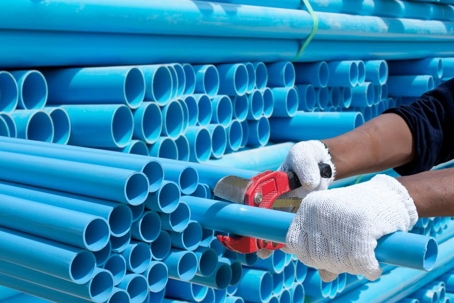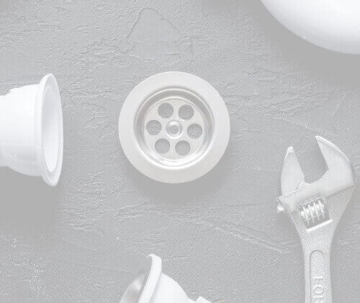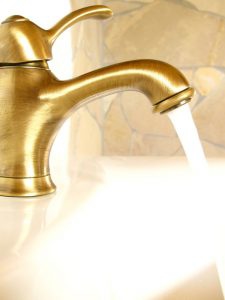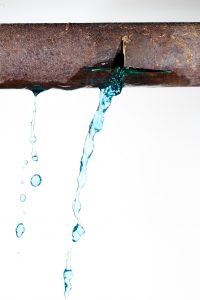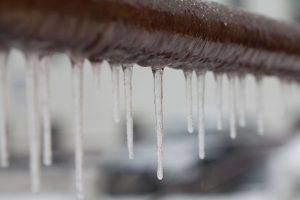
A sewage pump is an installation that can benefit both homes and commercial businesses that rely on septic systems rather than a connection to a municipal sewer system. But they can also be useful to buildings with a municipal connection. Below we’ll look at the major benefits of sewage pumps in the situations where they are most often used.
Sewage Pumps and Septic Systems
Sewage pumps often work in connection with a septic system. There are a number of difficulties involved in using a septic system, and one of them is creating an even flow along the sewer line to the tank. Waste buildup is often a major trouble with a septic tank, and a sewage pump can solve this. If you rely on a septic tank of any size, we recommend you look into having a sewage pump installed. Arrange with our plumbers to look over your septic system and make recommendations on which sewage pump can best handle the job.
When Gravity Isn’t Enough
Sewer lines usually work through a simple force: gravity. The standard set-up for homes and businesses is to have the municipal sewer line placed at a lower level so gravity takes care of the job of moving sewage to its destination. But sometimes it’s unavoidable that the sewer line is up higher than the home or commercial building. The sewage needs to be pushed uphill against gravity in these cases, and this is what the sewage pump is for.
Our plumbers can handle installing commercial and residential sewage pumps, as well as repairing them. These are essential jobs to make sure you don’t have sewage starting to back up into your business. If you have a sewage pump in need of repairs or maintenance, or you think you need to have a sewage pump installed in Silver Spring, MD, contact us and we can help you out.
Mallick Plumbing & Heating is the Service Contractor of Choice for Maryland, Virginia, and the District of Columbia.

